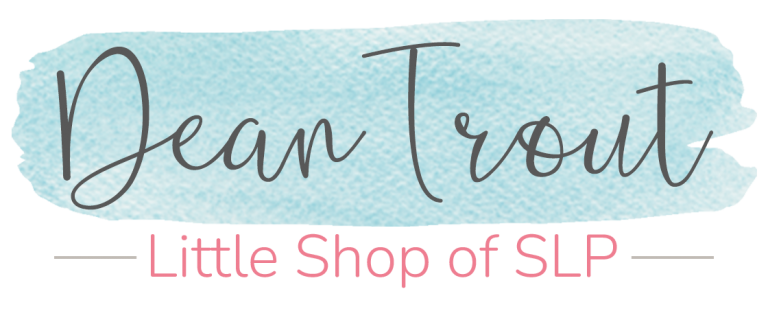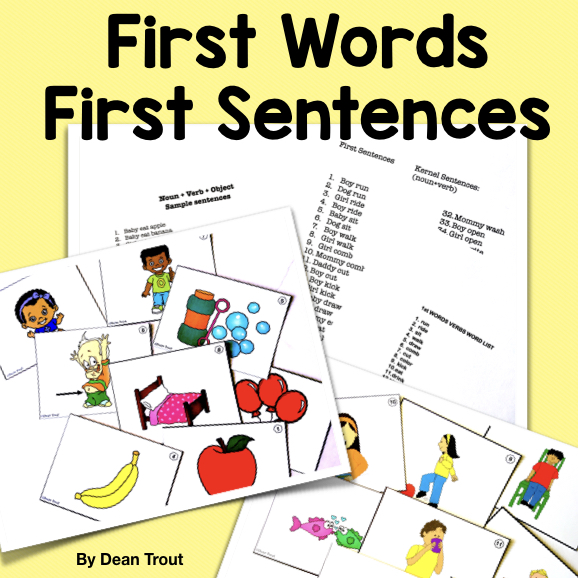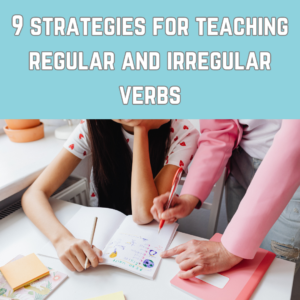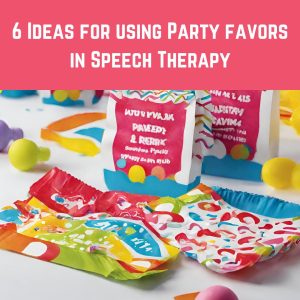This blog post series is going to focus on speech and language therapy ideas for early intervention. My focus will primarily be kids in the 18 month through 3 year-old range. I want to review with you some goals you should be targeting and ways to work with these wee little ones. There will be X parts in this series. Part 1 will look at skills for the 18-24 month old child.
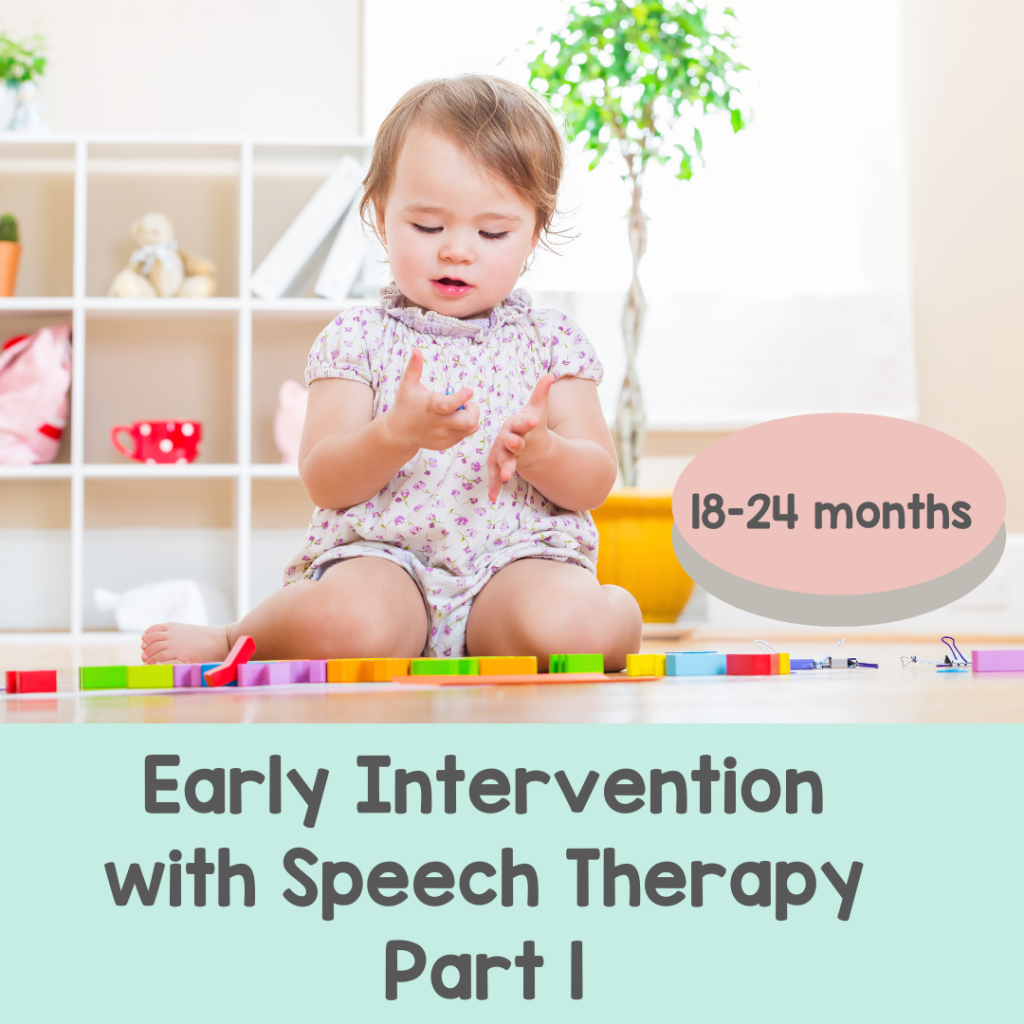
This post would be most beneficial for SLPs who only have EI and early Pre-K kids on their caseloads occasionally. That was my case when working in the schools. I was in a rural setting and served 3 year olds through 8th grade. If you haven’t worked with a particular disorder or population in a while we sometimes forget what the skills are we are to address at that age or for that disorder. Hopefully, this review will give you some basic information to refresh your memory.
What should they know developmentally?
You can follow your preferred developmental inventory to assess where they are and what they need to know. If you do that you can’t go wrong! I will address assessment in a future post. I liked the Hawaii Early Learning Profile (HELP) for those 0-3 years, the Rosetti Infant Toddler Language Scale, and Cari Ebert for observations.
Let’s look at some specific language goals and targets for 18 to 24 months based on the H.E.L.P.
Between 18-24 months Receptively:
- Match objects to pictures
- Sort objects
- Recognize self in pictures
- Identify 3 body parts
- Understand personal pronouns, some action verbs, and adjectives
Between 18-24 months Expressively:
- Uses exclamatory expressions such as uh-oh, no-no
- Says no meaningfully
- names 1 or 2 familiar objects
- use at least 10-15 words spontaneously
- vocalizes needs at the table (names desired items)
- increases vocabulary to 15-20 words
- refers to self by name
- imitates environmental sounds, and 2 words phrases
- names 2 pictures
- uses 2 word sentences
- uses nouns, verbs and modifiers
- tells experiences with words and jargon
- names 3 pictures
- imitates 4 word phrases
As you can see from above there are many skills you child should know and depending on where their weaknesses lie you have a wide variety of things you can target.
Therapy Ideas
Toddlers are movers and you cannot expect them to sit down and attend for a 20-30 minute session. That’s not going to happen. What works best is play therapy! Teach them what they need to know while engaged in play.
Big tip here: follow their lead and use what they are interested in or bring something new and novel to the session!
Basically you just play with the child incorporating the skills they need to know into the activity by various ways. They will only attend for a very few minutes so be prepared to have 8-10 different toys to use during your session.
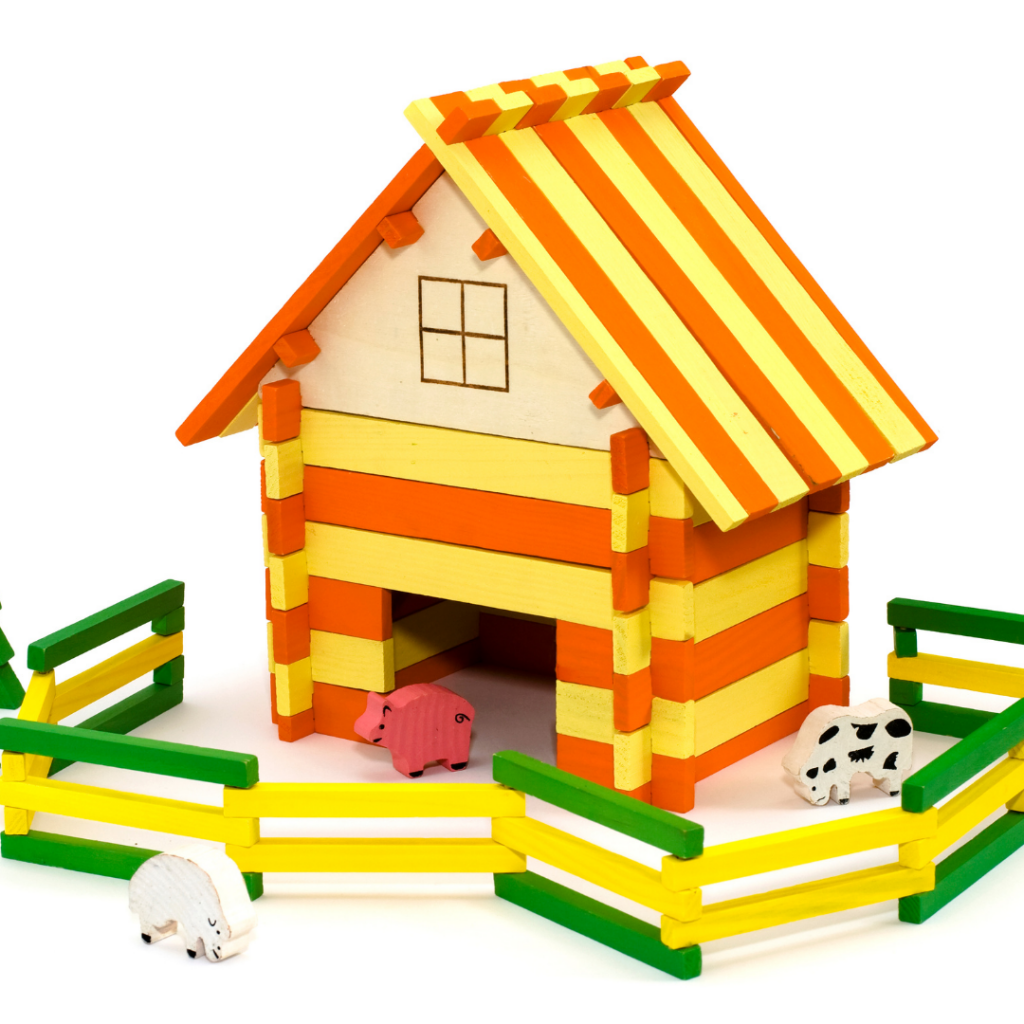
While playing with the farm set you can teach:
- animals and and animal sounds,
- prepositions: on, off, over, under, in, out,
- adjectives: clean, dirty, muddy, big, little, wet,
- verbs: walk, ride, jump, run, eat, drink, sleep, stand, sit
- model 2 word phrases: doggie run, cow eat, piggie dirty,

Play with bubbles to teach blowing and encourage first words of pop, bubble, all gone.
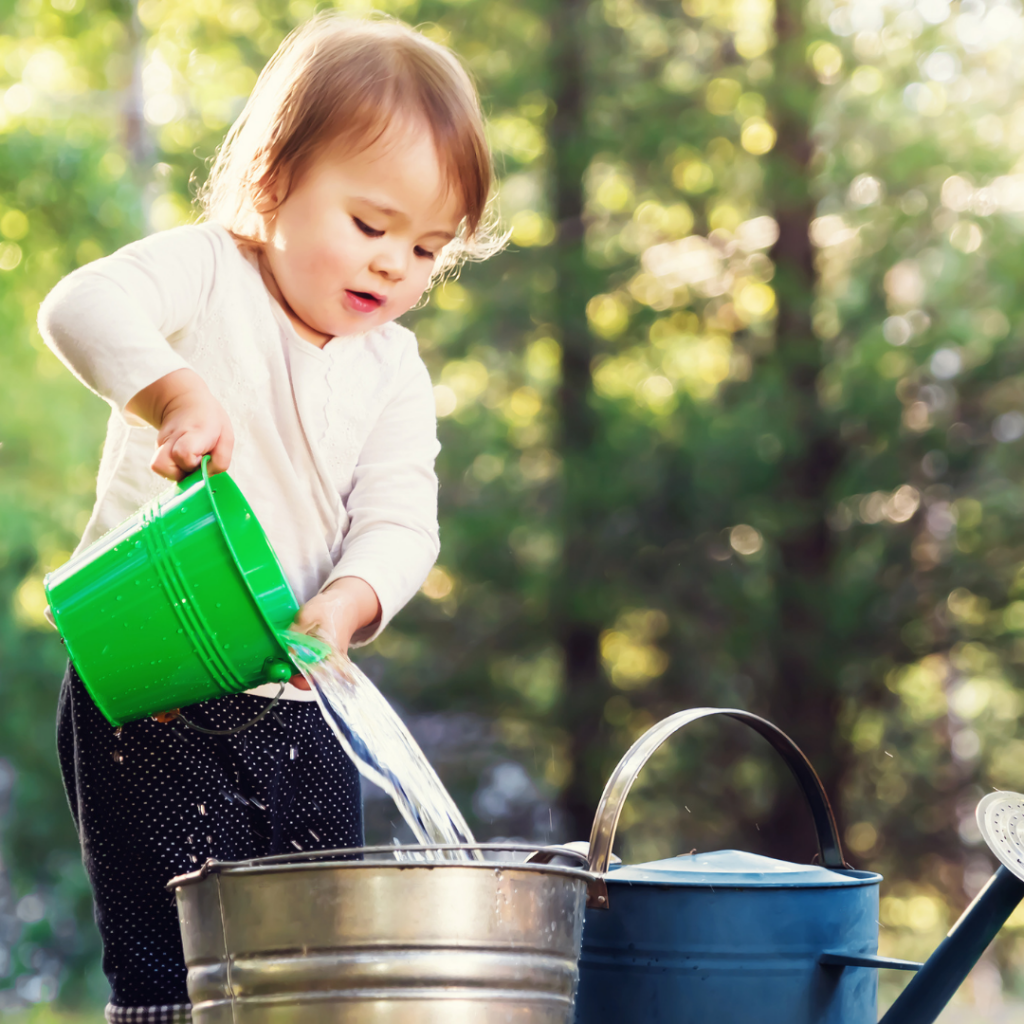
Play with unique cause and effect toys. Things that causes something to happen…when I tip the bucket water will pour out! When I push this button something will happen. They learn “more and again” very quickly like that.

Blow up balloons but don’t tie them and let them fly about the room. You can use them to work on following directions – “go get the balloon” … “let go” in addition to many other words.
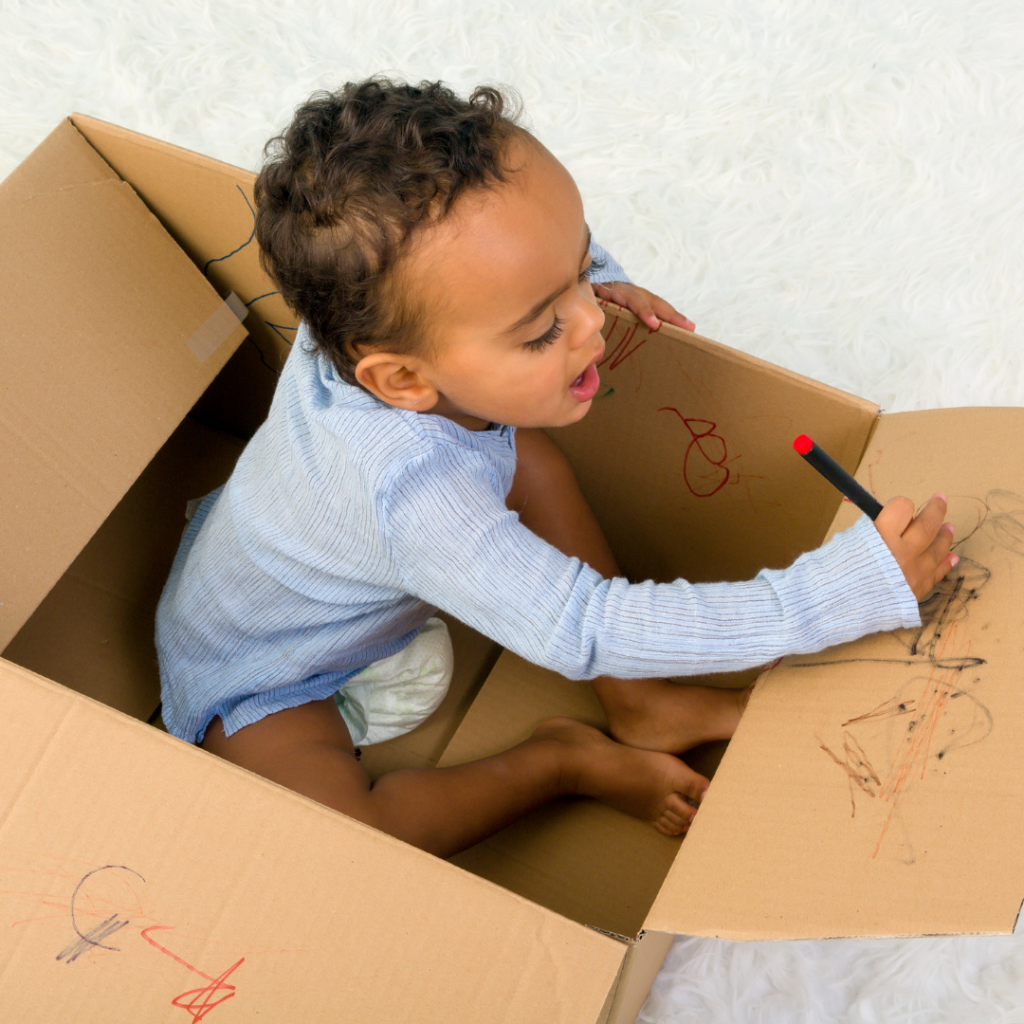
There is no end to the language you can teach with an empty box! My granddaughter would sit in a box and I would walk around it and sing Pop Goes the Weasel. When I would get to “pop, goes the weasel” she would jump up repeat it!

You don’t even need toys. You can use anything and everything in your house! Toys in a bin becomes a fun game of “in and out!”
You can incorporate so many skills while playing with the child. You only need to think about what they need to learn. And all these things are so easy to teach the parents to do!
First words – First sentences resource:
If you are working on identify common objects, body parts, action verbs or labeling nouns and verbs and using them in 2 word phrases and sentences you might like this printable resource. I create this when I was working with the wee little ones many years ago. It is a quick way to have the specific vocabulary you need for this age child.
This is a printable set of 44 nouns and 20 verbs to make into flashcards to use when working on these skills. It includes a list of the pictured words and samples of kernel sentences you can create.
I look forward to continuing this series next time when we will focus on the 24 month- 3 year old child.
